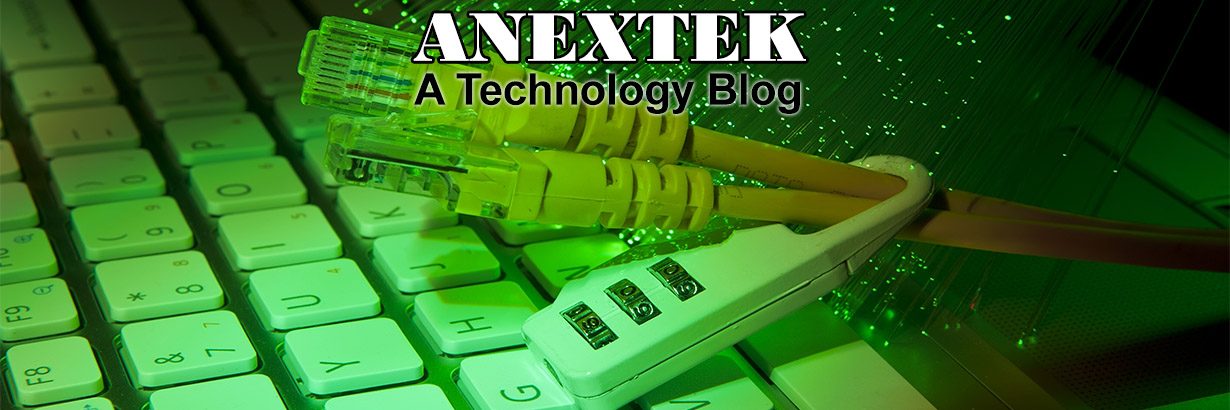For many businesses, a server room is a crucial space that is built up to accommodate computer servers and other hardware. These rooms might have been built due to a need, or they might have been created with this use in mind from the beginning. In either case, a decent server room will offer a setting where computers can operate safely in one place, making networking and other tasks simpler and more efficient. An efficient server room may be built and maintained by knowing the correct setup and configuration.
A Server Rooms’ Size
In the IT world, a server room is typically considered a relatively tiny space between a few dozen and a few hundred square feet in size. A room can become a data center when it grows substantially larger than that and starts to house computer equipment. A server room, however, can be just about any size.
A Server Rooms’ Unique Design Features
It’s typical for a business to designate a particular room to house computer servers and other equipment when small enterprises expand and begin to require them. Most of the time, this will simply be a modest amount of equipment that can fit in a temporary, out-of-the-way place. The architecture of these “computer closets” is not explicitly intended to keep computer equipment operational.
There are certain elements that must be put up when a business designs or upgrades a space to a server room. You can avoid issues that could arise with a new server room by using a server hosting company.
Outsourcing your company’s IT needs to a third-party provider such as Electric Kitten, which provides server hosting in Los Angeles, can help you save time, money, and energy.
